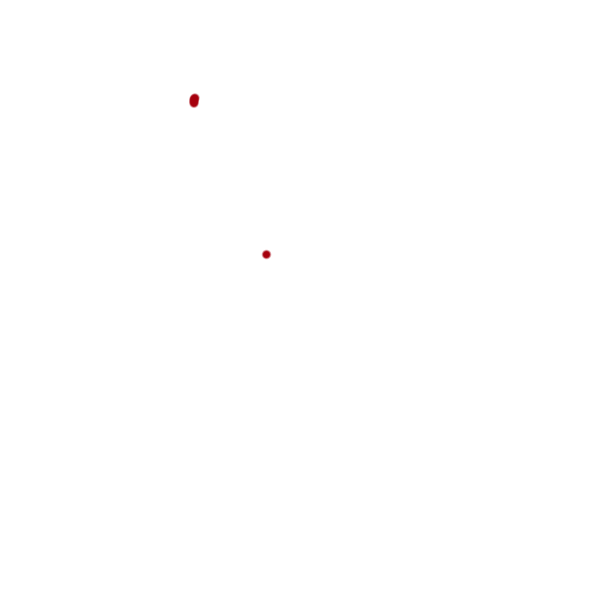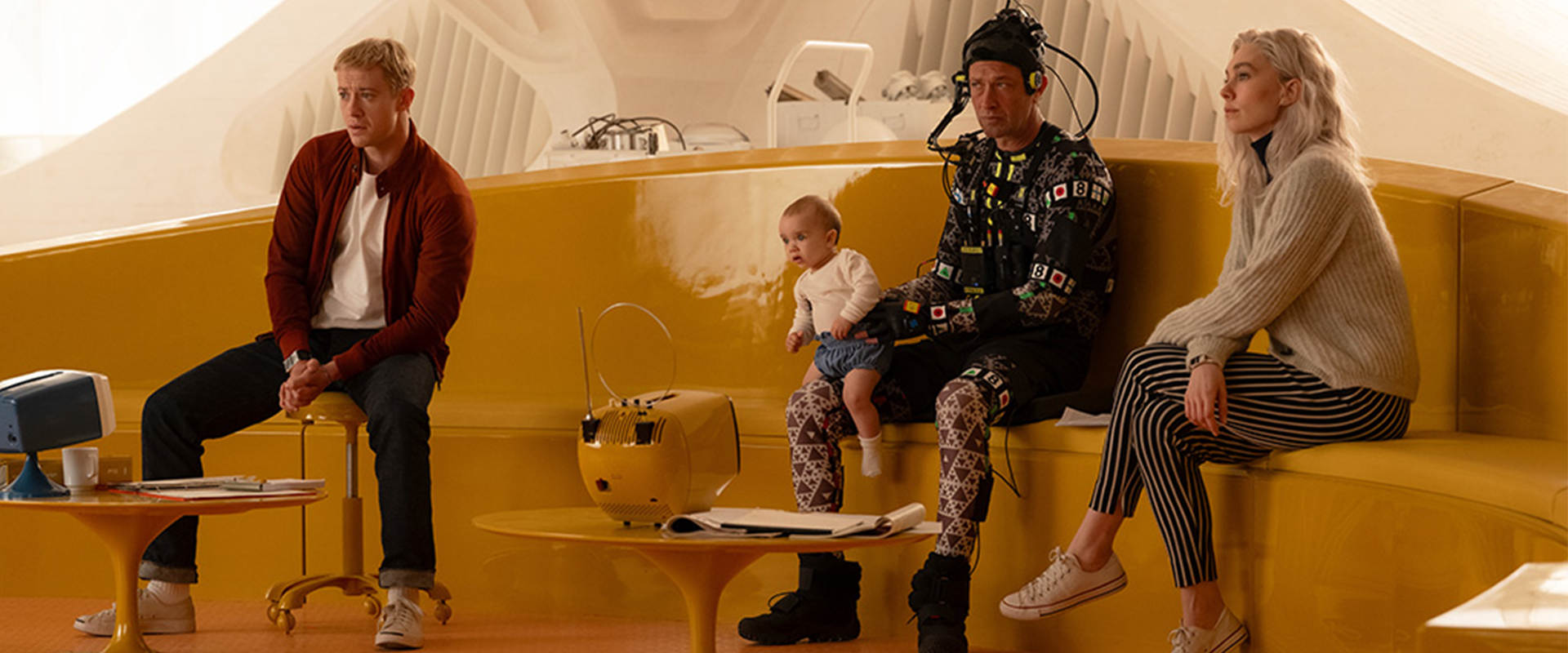數字王國視覺特效總監Jan Philip Cramer講述《神奇4俠:英雄第一步》的幕後故事 / 閱讀全文
2025年09月25日
Featured in Art of VFX
In 2022, Jan Philip Cramer walked us through Digital Domain’s work on She-Hulk: Attorney at Law. Since then, he’s contributed his expertise to Elevation, The Electric State, and Fountain of Youth.
How was the collaboration with Director Matt Shakman and VFX Supervisor Scott Stokdyk?
Phil Cramer: The collaboration was great as the planning for Baby Franklin started very early on, almost one year before the actual shoot. Digital Domain was heavily involved in this early planning and set up a test shoot in 2023 at our studio in Los Angeles, using my own son, Cosmo Cramer, as the test baby. Only 8 months old at the time, Cosmo became the youngest person to be scanned by ICT. Matt Shackman directed three different test shots using Cosmo to ensure we had a good shoot plan for Baby Franklin.
Once Scott Stokdyk joined the show, we started talking capture setups for The Thing. Many moons ago, Scott and I worked together on Spider-Man 3, so he knew my strength was in characters, which became my focus. I worked closely with Scott to help set up the capture list for each VFX vendor and conducted early motion tests to establish the look and feel of The Thing.
What are the sequences made by Digital Domain?
Phil Cramer: Digital Domain’s focus was all about the Baxter Building, the headquarters of the Fantastic Four. This meant we were responsible for most of the story-driven, performance-heavy sequences. Our work followed the heroes from the very beginning to the end. That aside, we also handled all Franklin sequences once he arrived on earth. At times, we would only oversee Franklin when seen in other vendors’ shots or we would handle the entirety of the sequence, like in the Resurrection sequence at the end of the movie. Additionally, we were the lead vendor for Herbie and developed this character.
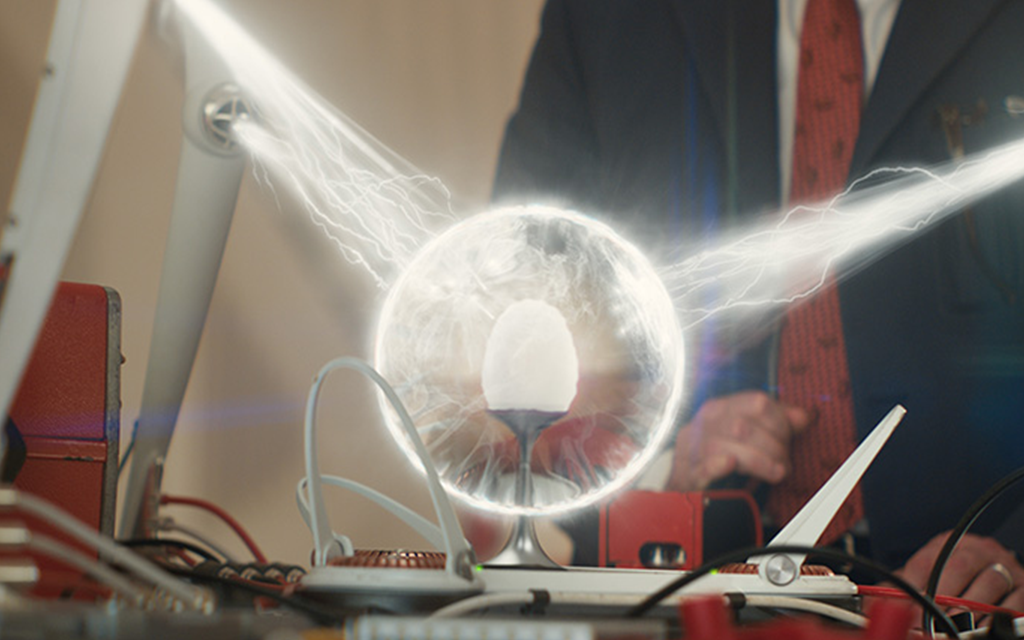
The Thing is such an iconic Marvel character. Can you walk us through how Digital Domain approached his design and development, especially in terms of defining the FACS shapes and facial systems?
Phil Cramer: Working with Marvel on such iconic characters is wonderful. We had the chance to work with head of concept Ryan Meinerding from the early design steps well into animation. This helps us understand the client’s core focus. Here it was to follow Jack Kirby’s original design. We wanted to get a similar feel with a very expressive character. We helped establish the face and body of this character with early on motion studies. This allowed Ebon to understand how his character would fit into different scenarios (considering he has four fingers and is twice as wide as a normal human).
Once the creative look was set, we needed to ensure we captured Ebon’s performance to perfection. For this, all vendors agreed to utilize FACS shapes to carry the performance and help the retarget process. This aspect is more technically driven, than creative. We all knew The Thing would require additional animation as Ebon and the Thing just looked a little more different than, let’s say, Josh Brolin to Thanos. So, it was most important to capture all details from Ebon, but let the animators (under our Animation Supervisor Frankie Stellato) help interpret how to sell the performance on The Thing’s larger features.
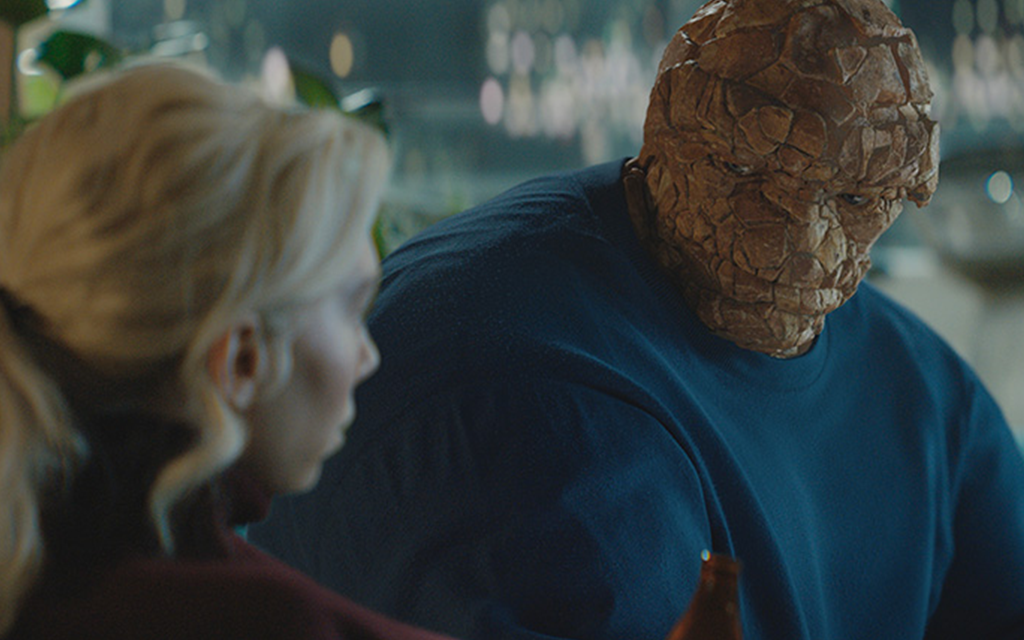
Masquerade3 played a central role in this project. What were the biggest breakthroughs in using this proprietary markerless facial capture technology, and how did it differ from previous pipelines you’ve developed?
Phil Cramer: Masquerade3 took center stage on The Fantastic Four: First Steps. After initial testing, Scott Stokdyk decided to move forward with the markerless approach. Normally, mocap actors WITH markers have to arrive on set at least 1 hour earlier to get the markers applied. We’d also need constant supervision of the markers to avoid any smudging (especially when N95 masks are in use). All this adds a considerable amount of overhead to the shoot. In addition, any daily inconsistencies can add weeks in the processing downstream.
In addition to being markerless, Masquerade3 allowed us to process all captured footage of an actor (rather than just the shot select). We processed hours of footage every night to have every take available for Postviz and the other finals vendors.
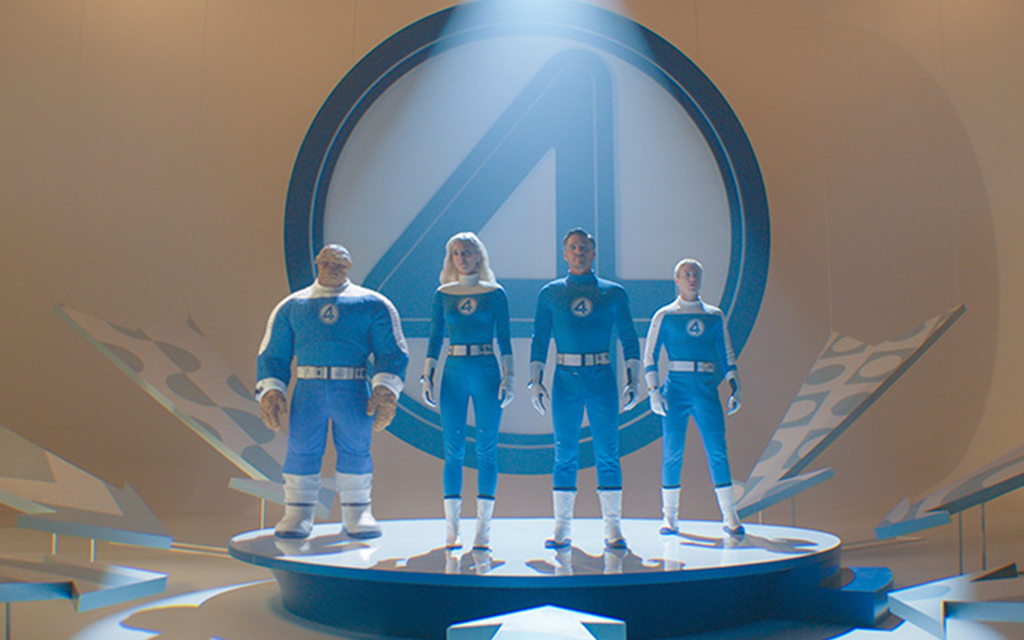
Sharing the Masquerade3 pipeline across four other vendors is quite uncommon in the VFX industry. How did this collaboration work in practice, and what benefits did it bring to the film?
Phil Cramer: The amount of collaboration on The Fantastic Four between the different VFX vendors is unprecedented. From day one, we’d meet regularly as a group to discuss design and approach. I was responsible for selecting all the Clear Angle scans for each of the vendors, which streamlined the capture workflow. These became building blocks for sharing the facial data with a blend shape node. Each vendor input was critical to ensure each pipeline could easily ingest the data. Connor Murphy supervised the Assembly team at Digital Domain. Connor and his team would create an initial layout pass for the postviz and finals vendors for each shot. This would include body and face mocap placed in the LiDAR. I feel this approach really helped bring consistency to the characters, as everyone used the data in the same way.
The Thing’s actor kept his beard during facial capture, which is usually a major challenge. How did Masquerade3 make this possible, and how did your team tackle the additional task of creating The Thing’s beard and stubble in CG?
Phil Cramer: As you mention, normally any facial hair makes facial data useless. This is largely to the fact that markers tend to get lost in the beard during expressive movements. During principal photography, Ebon had no facial hair at all. However, once additional photography started, Ebon needed to prepare for a different role that included a beard and could no longer shave. This forced us to adapt Masquerade3 to work with his beard. We got new “bearded” training and were able to cross train our system to his new look without missing a beat.
Funny enough, The Thing’s character also grew a beard over the duration of the film, from stubble to full beard. This added a fun detail to this character. By the end of the show, he had a full-blown rock beard that needed rigid body simulations to work with our costume. Nathan Fok, our CFX Supervisor, integrated it as part of the regular costume pipeline.
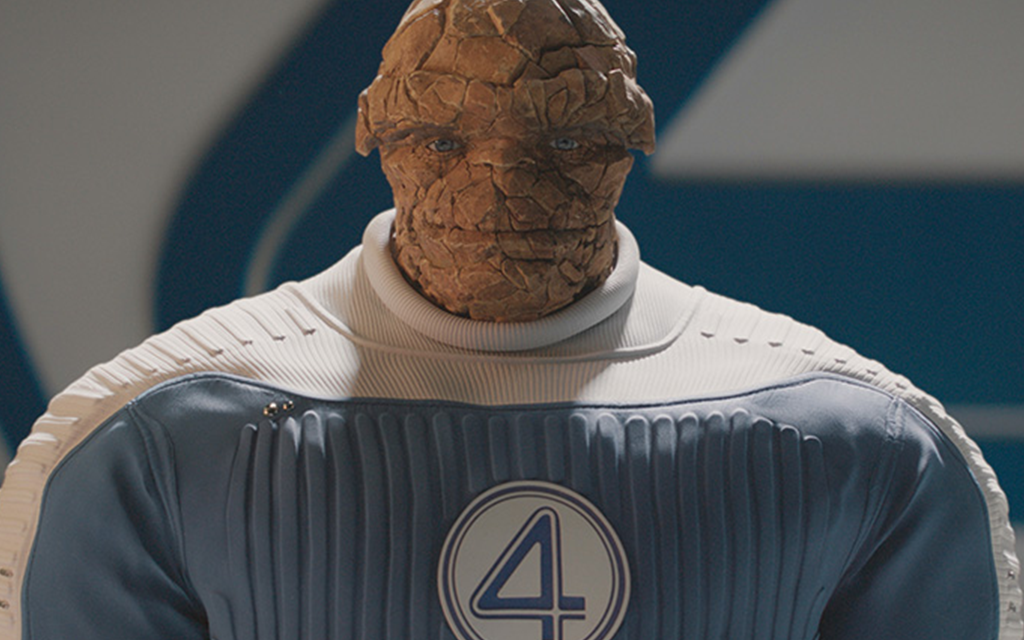
Beyond facial work, Digital Domain also created nine different costumes for The Thing. What were some of the unique challenges of designing and simulating these outfits for such a massive character?
Phil Cramer: Having more than one costume makes The Thing feel so much more real. To provide us with perfect reference, production created custom costumes tailored for each of his looks. On set, a stand-in wearing a prosthetic would wear them and walk through each shot for reference. This was critical for our Asset and CFX teams. Ron Miller, our Asset Supervisor, helped define the underlying target collision mesh. It was important for the design to give a rocky feel, but without him looking too deformed. Once that was established, each costume would go through some sort of “runway” to define its motion with the client.
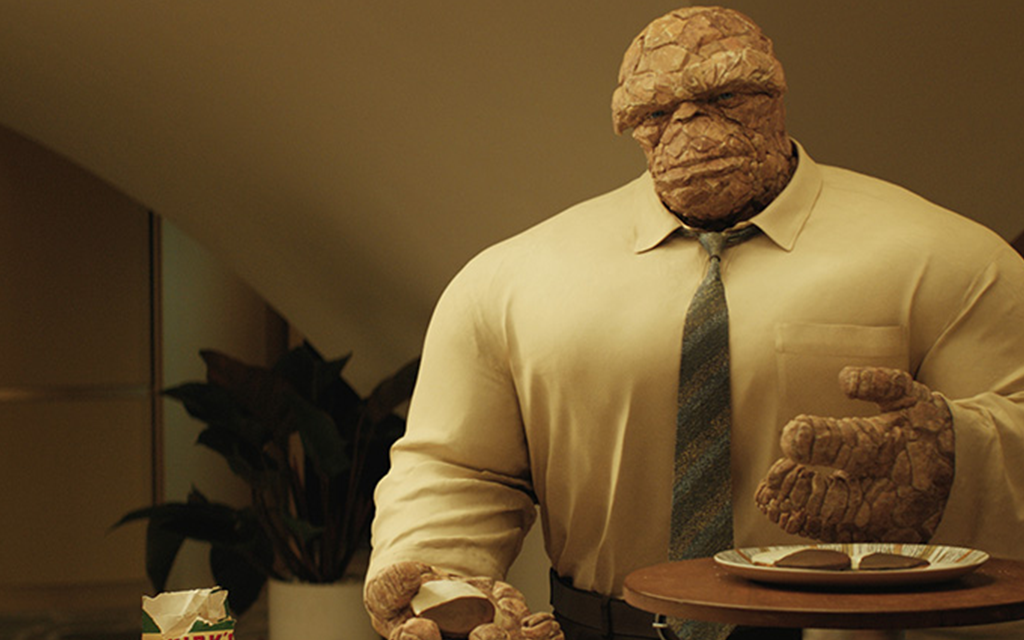
For Baby Franklin, you even used your own child in proof-of-concept tests. Can you explain how Digital Domain approached the creation of both the newborn and older versions of Franklin, and the special scanning process you developed with Clear Angle?
Phil Cramer: The baby related concerns were our initial introduction to the show. The client knew we needed to establish solutions for each of the baby stand-ins prior to the shoot. We ended up doing a test shoot with Matt Shackman and Marvel at Digital Domain. The subject was my newborn son. We captured all the training material needed and conducted an ICT scan.
It quickly became clear that, because the baby is so young, any directing would be a challenge. Together with Clear Angle, we came up with a baby-friendly scanner. This scanner allowed shooting in 3D, 4D, and high-res footage with low lighting conditions, which was important to avoid damage to the babies’ eyes. Since the baby could not be directed, we made the core of the scanner a baby rocker. Our hero baby spent time in the scanner for about two weeks. Each day our goal was to gather a variety of motions and expressions that could be used later.
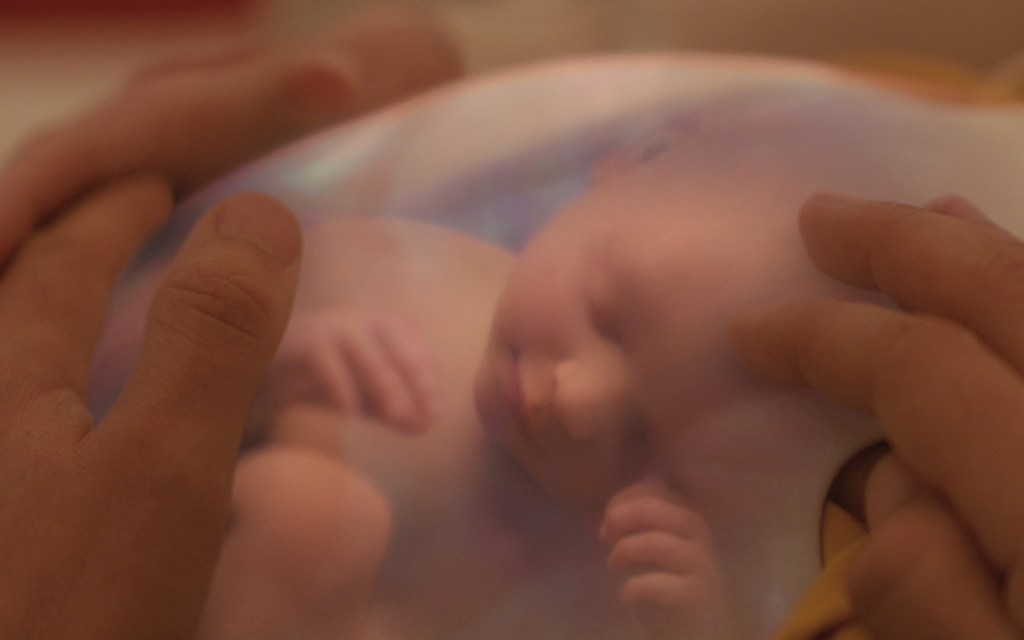
Charlatan was used for Franklin’s face-swapping tests. How did this tool contribute to achieving believable performances for the baby, and what were the biggest hurdles in making Franklin feel authentic on screen?
Phil Cramer: Having such a hero digidouble is always a big challenge. This, combined with the fact the actor is non-directive, makes it even more difficult. Up to 30 stand-in babies were in use. This covered a wide range of sizes and ages, and we had to make it feel like one consistent baby.
Initially, we wanted to ground all the shots in Charlatan, but it quickly became clear that each shot would bring its own unique challenges. So, we ended up utilizing every approach we could think of from face swapping via Charlatan and face replacements via hero plates to full CG baby shots. This also helped prevent audiences from noticing any repetitive patterns in the VFX work, as each shot ended up being somewhat unique. Our CG Supervisor Chi-Chang Chu always ensured we had a strong lighting pass as a base. We would then run Charlatan on the pass and use it as a base for face replacement or go for a full CG replacement.
A baby at this early age grows quickly, so we had to also deal with multiple stages of the asset, and with multiple grooms, to accurately match the look in any given sequence.
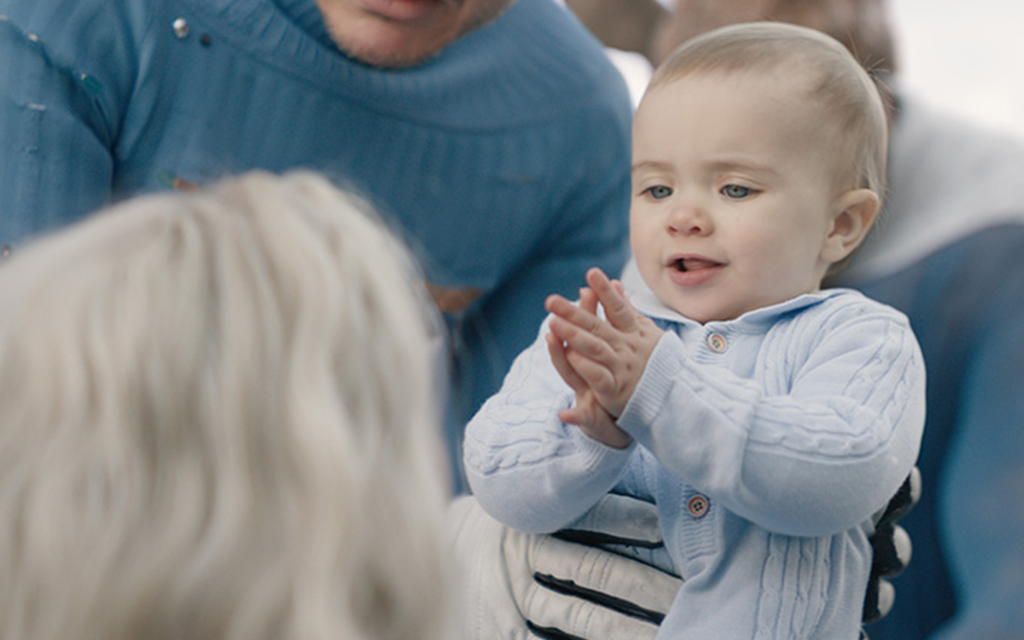
For Invisible Woman, your team was involved in the early development of her signature invisibility effect and even created the ultrasound of her pregnant stomach. How did you balance making these effects visually striking while keeping them grounded in realism?
Phil Cramer: Sue’s effects were one of our early development items utilizing a stand in. We tried to find a look that would look realistic yet set in the classical 60s world. The idea of color separation due to refraction drove a lot of the base look. This, together with lens aberrations from actual lensing tests, became the overall base look.
We then tried to use these same design cues for each of her effects: forcefield, invisibility, and x-ray. It was important to keep consistency to all her effects throughout the film, again, shared between all the vendors.
The ultrasound sequence, in particular, needed to balance beauty with medicine. We wanted to make her powers and the baby look ethereal, rather than too realistic.
The Human Torch’s fire effects are iconic in Marvel lore. What was Digital Domain’s role in developing his fiery look for this film, and how did you ensure his effects stood apart from previous iterations?
Phil Cramer: Early on, Scott Stokdyk asked us to develop the look of the fire. For this, we had stunt plates in costume to test with the overall look of taking off, landing and mingling about. We wanted to ensure the flames are grounded in reality. Scott played onset with different chemicals interacting with real fire to see if this opens a direction. To show how the flames would ignite, we wanted to show an initial, very subtle blue flame close to his skin that would turn into the traditional yellow flame.
Having the time to explore these different looks early on helped go into shot production with confidence. Johnny entering Reed’s lab during the power outage was the exact testing scene mentioned earlier, which we are able to actually use for the film. Unlike in the previous movies, these shots would also feature Johnny flame-free.
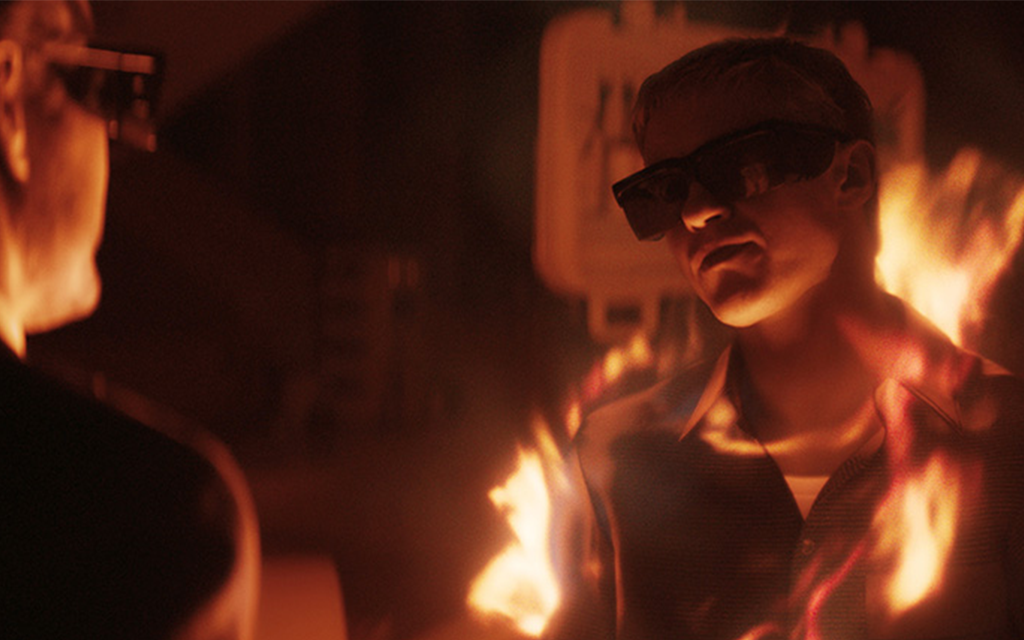
With HERBIE, you collaborated closely with the Marvel Art Department to build him from the ground up. What was it like designing both his mechanics and his comedic baby-proofing sequence?
Phil Cramer: Herbie is a wonderful little robot. Having the Art Department make a physical prop was critical to his success. A puppeteer was present on set for each shot of Herbie, moving the prop in the correct position. It allowed better awareness and interaction with the other characters, and ensured Matt Shakman could direct Herbie on set.
When we built the production asset, we ensured the structure would allow for physically correct motions. For each shot, we matched moved the on-set prop and loosely based the animation on this. Herbie was supposed to feel like a real, in camera robot, so basing it on real motion proved critical.
The baby proofing sequence added a lot of fun, as we could explore all of the different limits of our character. I always find that limitations within CG characters help the on-screen believability tremendously.
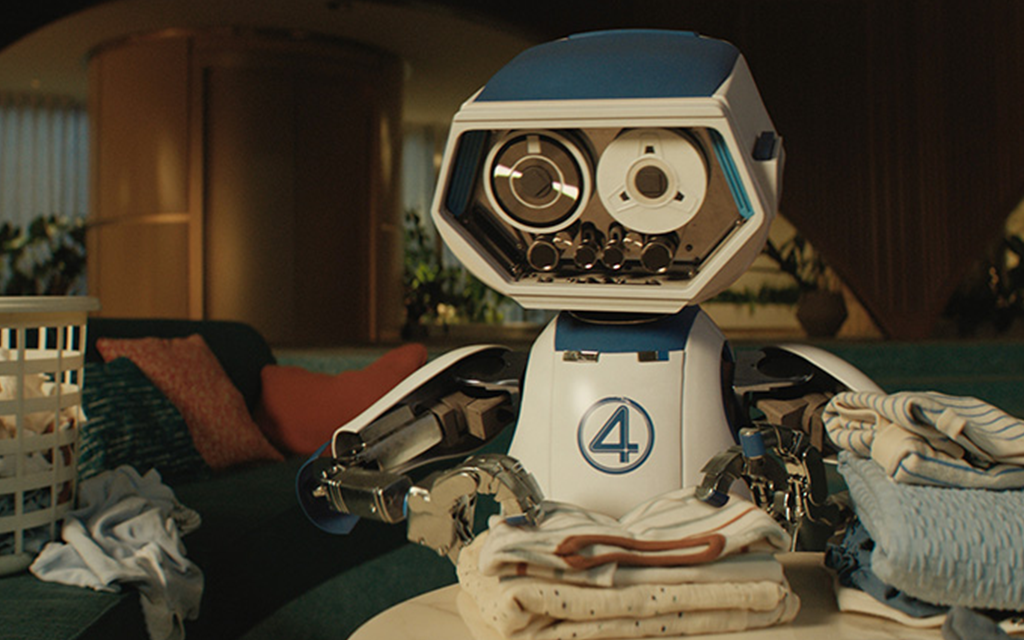
Were there any memorable moments or scenes from the film that you found particularly rewarding or challenging to work on from a visual effects standpoint?
Phil Cramer: The Thing shaving scene was a crowd favorite from the beginning. It combined fun FX with great animation. It played a key role in developing the character from the early stages.
The egg experiment FX was another highlight. Eddie Smith, our FX Supervisor, developed the look carefully to ensure it was consistent in feel to the portal that envelopes Galactus at the end of the movie (done by ILM). The look of the egg really helped sell the story point and was created out of beautifully crafted FX passes from our team.
Finally, I want to highlight the baby ultrasound sequence. It is a little beat that shows Sue’s power in a more personal way. We loved to help conceptualize this from the early testing stages to the final product. Our Compositor Matt Brumit comped these beautiful shots and helped dial them alongside our Comp Supervisor Eric Kasanowski.
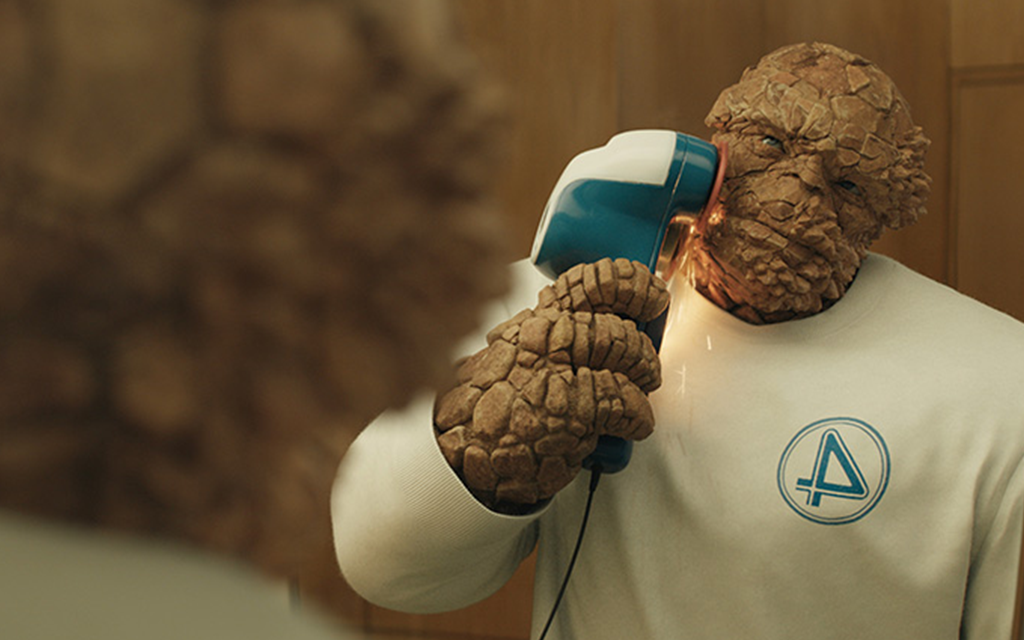
Looking back on the project, what aspects of the visual effects are you most proud of?
Phil Cramer: Developing the Thing and creating a new, more streamlined way for the facial capture process is for sure high on the list. Closely followed by Baby Franklin and our heavy involvement from day one.
Our team at Digital Domain moved mountains to help bring The Fantastic Four: First Steps to life and I am incredibly proud of our team for pushing through different sets of challenges and delivering one of the most exciting superhero movies in years.
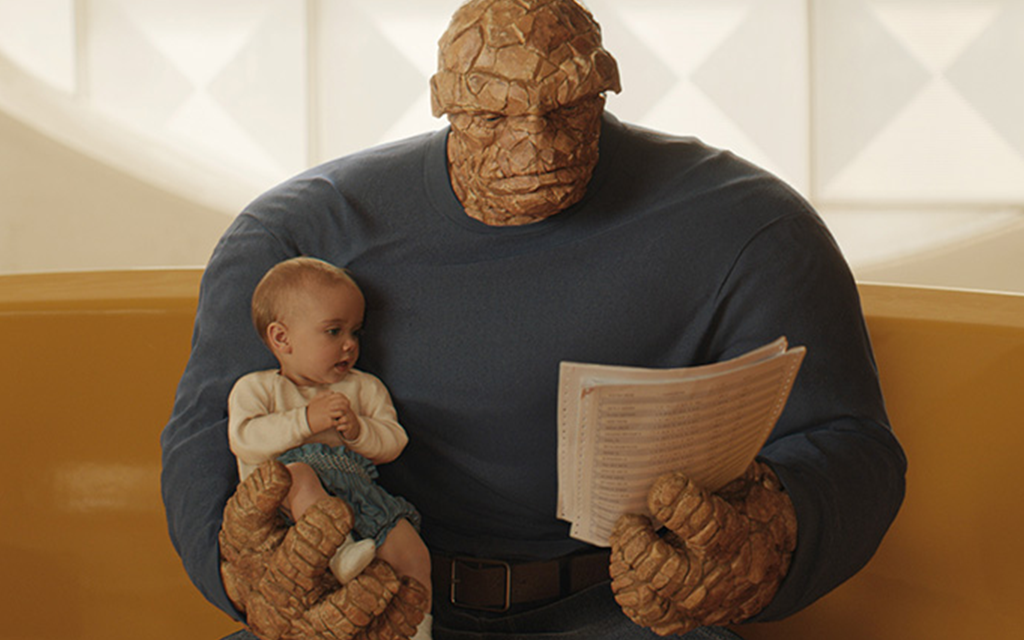
How long have you worked on this show?
Phil Cramer: In total, I worked on the show for two years. Six months on the initial Cosmo/Baby Franklin test, and then again for about 1.5 years on the film’s visual effects.
What’s the VFX shots count?
Phil Cramer: We delivered over 400 shots in the final film, 260 of them were The Thing shots and 160 included Baby Franklin.
What is your next project?
Phil Cramer: I am going from small to big. After looking at babies for two years, we now get to focus on really big creatures on Godzilla x Kong: Supernova.
A big thanks for your time.
